Does Paint Look Different After it Dries?
February 12th, 2025
4 min read

Whether you’re tackling an interior, cabinet, or exterior painting project, choosing a paint color can feel like an endless journey of swatches, samples, and second-guessing. What if the shade looks too dark or too light? Will it appear different after it dries? These questions can make the process feel overwhelming and leave you wondering if you’ve made the right choice. It’s a common stress for homeowners, but understanding how paint color works can make the experience much smoother.
At Brush & Roll Painting, we’ve been painting homes across Omaha, Nebraska since 1996. We’ve seen it all when it comes to color concerns and can confidently guide you through understanding why paint might look different at first and what to expect as it dries. With color consultations, high-quality paint products, and careful prep work, we know how to get painting projects done right the first time.
By the end of this article, you’ll understand why paint looks different when it’s wet versus dry, whether paint dries lighter or darker, and how curing affects the final appearance. You’ll also gain practical tips for choosing paint colors with confidence, so you won’t have to worry about surprises once the job is done.
Does Paint Look Different When Wet?
Yes, paint does look different when it’s wet. Wet paint often appears darker, shinier, or even slightly different in pigment compared to its dried and cured state. This happens because of several factors:
- Moisture Content: Wet paint contains water or other liquid carriers that make it reflective. This temporary glossiness tricks the eye into seeing a richer, darker color.
- Pigment Saturation: In their wet state, pigments are suspended in liquid, which intensifies their appearance. As the liquid evaporates, the color begins to stabilize and appear closer to its final tone.
- Lighting and Angle: The sheen of wet paint can reflect light differently, making it seem brighter or darker depending on the viewing angle and light source.
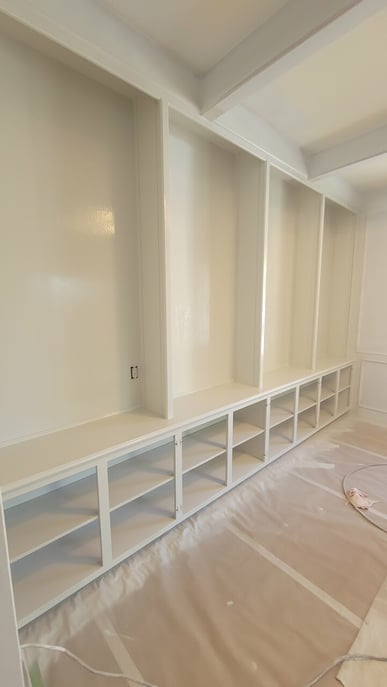
Does Paint Dry Lighter or Darker?
One of the most common questions we get is whether paint dries lighter or darker. The answer depends on the type of paint and finish you’re using:
- Flat or Matte Paint: These finishes typically dry slightly darker than they appear when wet. The lack of reflectivity allows the true color to emerge once the paint is dry.
- Glossy or Satin Paint: Glossy finishes often appear darker when wet due to their high reflectivity. However, as they dry, they can seem lighter because the sheen evens out and light reflects more uniformly.
- High-Quality Paints: Premium interior and exterior paints like Regal Select and Aura from Benjamin Moore are formulated to provide consistent color between wet and dry states. This minimizes surprises but doesn’t eliminate the natural process of drying and curing.
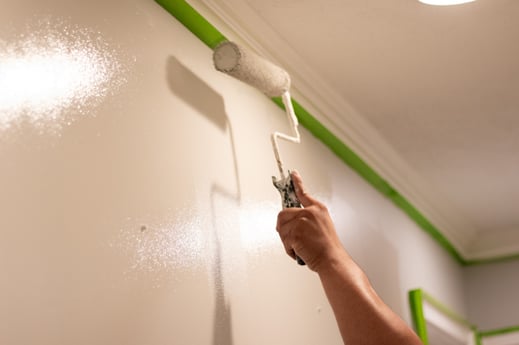
Why Does Paint Color Change as It Dries?
Paint undergoes several transformations as it dries and cures. Here’s what happens:
- Evaporation: As the liquid component of the paint evaporates, the pigments and binders settle into place. This process allows the true color to come through.
- Sheen Changes: Wet paint often has a sheen that dissipates as it dries. For example, even matte finishes may look slightly glossy when first applied.
- Curing: Drying is only part of the process. Curing, which can take several weeks, allows the paint to fully harden and reach its final color and finish. During this time, minor color shifts can occur.
- Environmental Factors: Temperature, humidity, and lighting in your home can also influence how the color appears as it dries. For example, cooler temperatures may slow the drying process, prolonging the time it takes for the true color to emerge.

Tips for Picking Paint Colors With Confidence
If you’re nervous about choosing the wrong paint color, these tips can help:
- Use Samples: Always test paint samples. Paint a large swatch or a full cabinet drawer or door and observe it at different times of day under various lighting conditions. This gives you a more accurate sense of how the color will look once it’s dry.
- Consider Lighting: The type of lighting in your home (natural, warm, cool, or LED) can significantly impact how a color appears. A soft gray, for example, might look warmer in natural light and cooler under LED lights.
- Factor in Sheen: Remember that different finishes can slightly alter the appearance of a color. If you’re testing a flat paint sample but plan to use a satin or semi-gloss finish, the final result may look different.
- Stick With Neutrals for Larger Areas: Bold colors can be tricky for big spaces, as their intensity might feel overwhelming. Neutrals like beige, gray, or soft white provide versatility and work well with various decor styles.
- Trust the Experts: Professional color consultations from painters or interior designers can help you navigate color choices. It’s important to understand how colors interact with local light conditions and architectural styles.
What If the Paint Color Looks Wrong After Drying?
Sometimes, even with careful planning, the final color doesn’t meet your expectations. If this happens:
- Give It Time: Let the paint cure fully. Initial impressions can be misleading, especially if the lighting or sheen is affecting how you perceive the color.
- Reassess Lighting: Check the color at different times of day and with different light sources. A seemingly "wrong" color might look perfect in the morning or evening light.
- Consider Adjustments: If the color still feels off, you can explore options like adding an accent wall, changing the sheen, or even repainting with a different shade. While this can be frustrating, it’s better to address the issue early than to live with a color you don’t love.
Painting Your Home in Omaha
Understanding how paint dries and why it might look different when wet can save you a lot of stress during your next painting project. Whether you are hiring a painter in Omaha or DIY Painting, the key is to set realistic expectations, test your colors, and trust the process.
At Brush & Roll Painting, we’re here to guide Omaha homeowners every step of the way, ensuring that your vision comes to life with precision and care. One way we do this is by providing a color consultation for any project, so you can be confident in the color you choose for your project.
If you’re ready to start your painting project and live around the Omaha area, click the button below to get a quote and see how Brush & Roll Painting can help bring color to your home—the right way.
Choosing the perfect paint color can feel overwhelming, but it doesn’t have to be. Our free Paint Color & Design Guide is packed with tips, inspiration, and practical advice to make the process easier. Download it today and take the guesswork out of your next painting project. It’s 7 of the best tips for planning your home’s new look with confidence.
Kaylea is the Brush & Roll Painting Content Manager. Kaylea is a Journalism and Media Communications summa cum laude graduate with a minor in Marketing from the University of Nebraska at Omaha. Kaylea manages the marketing for Brush & Roll Painting.
Topics:










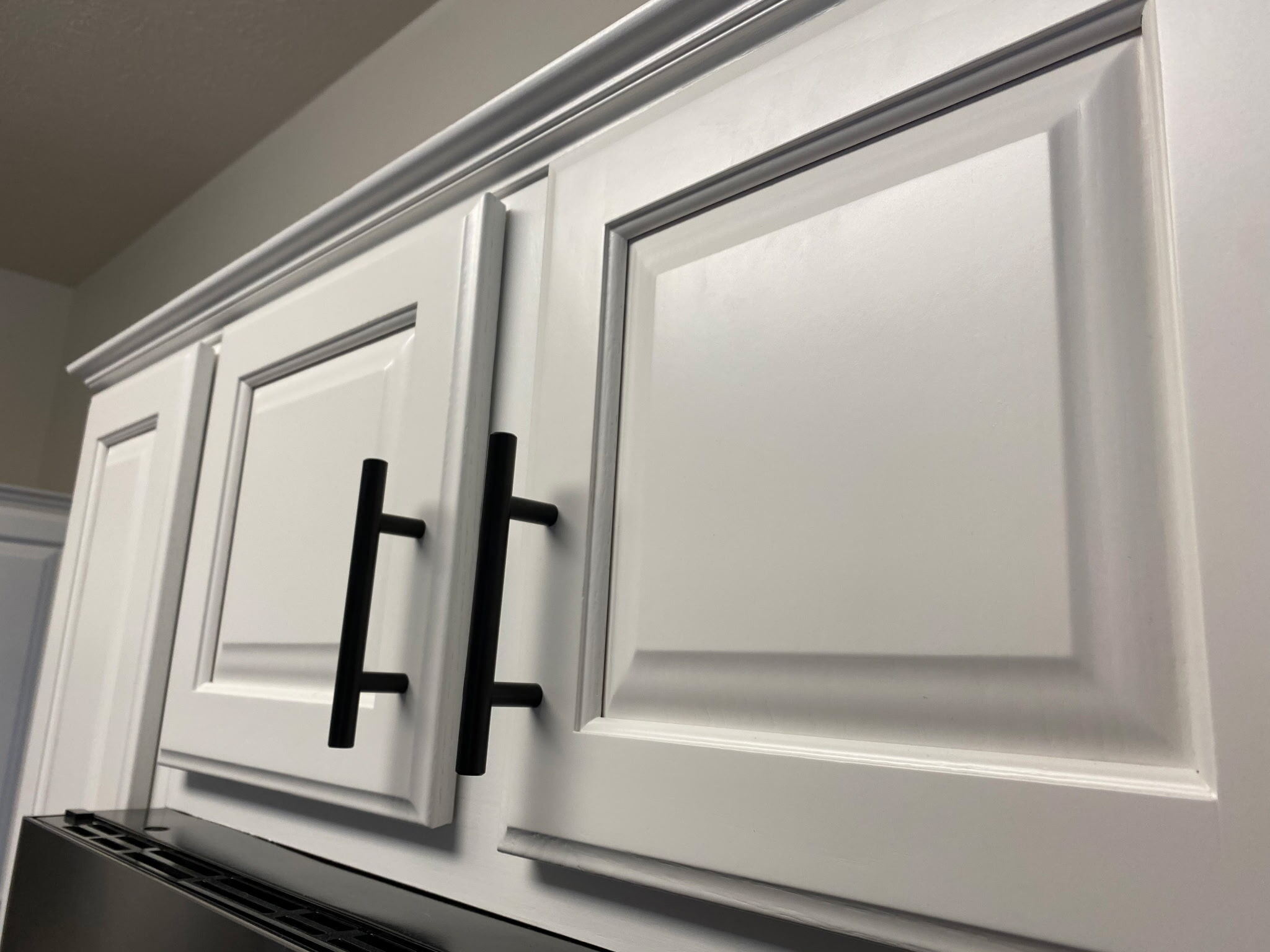
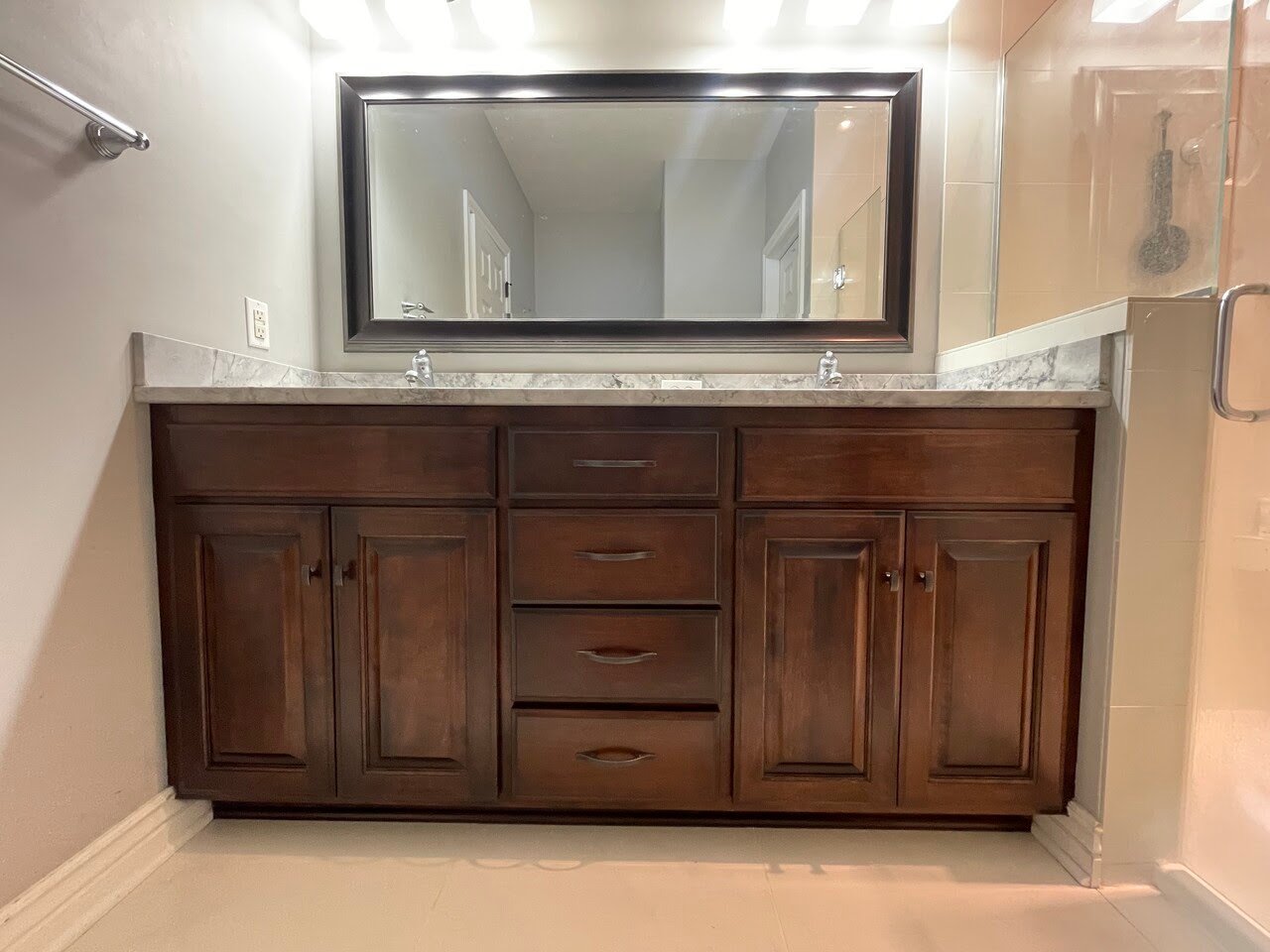
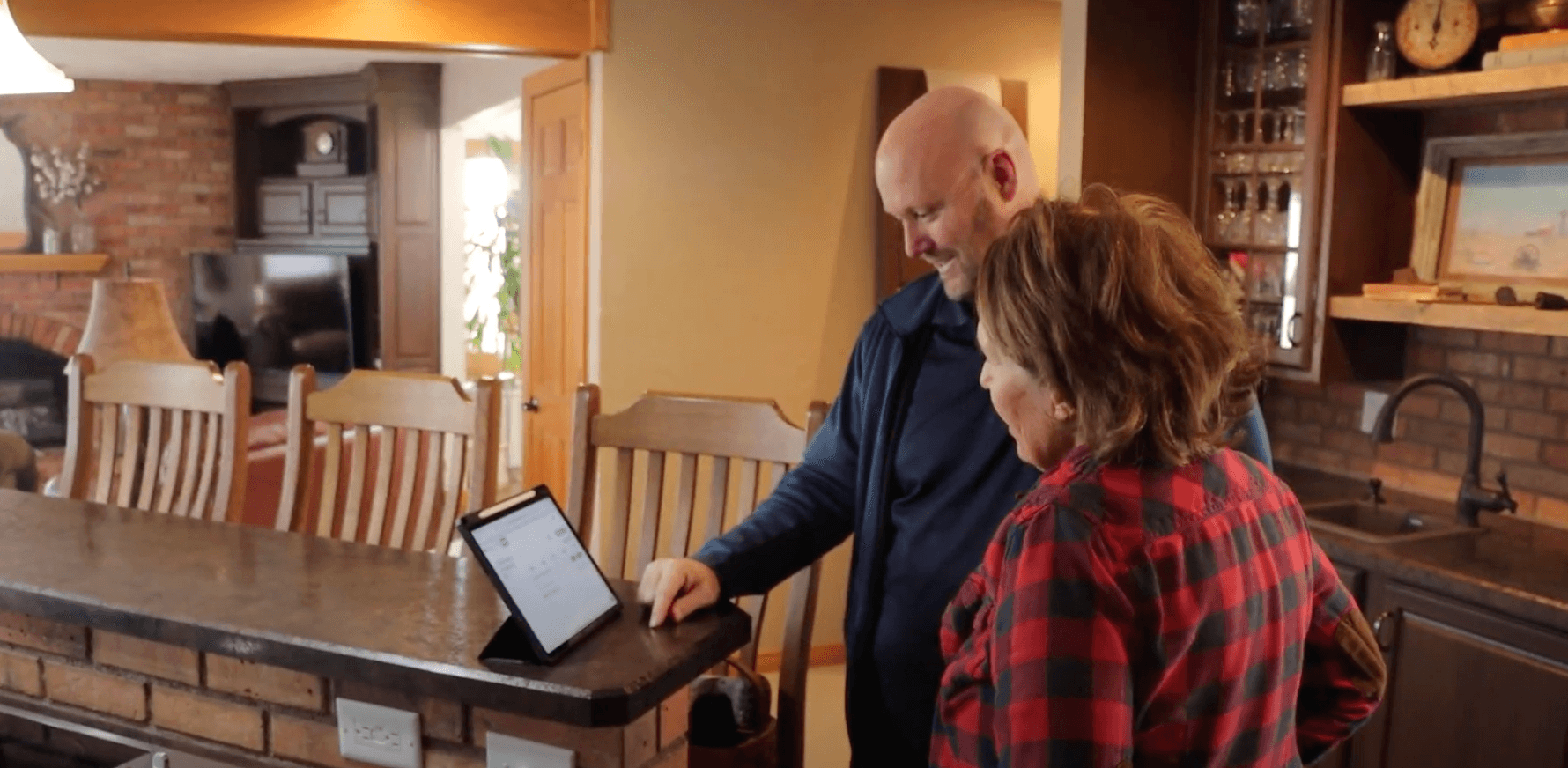

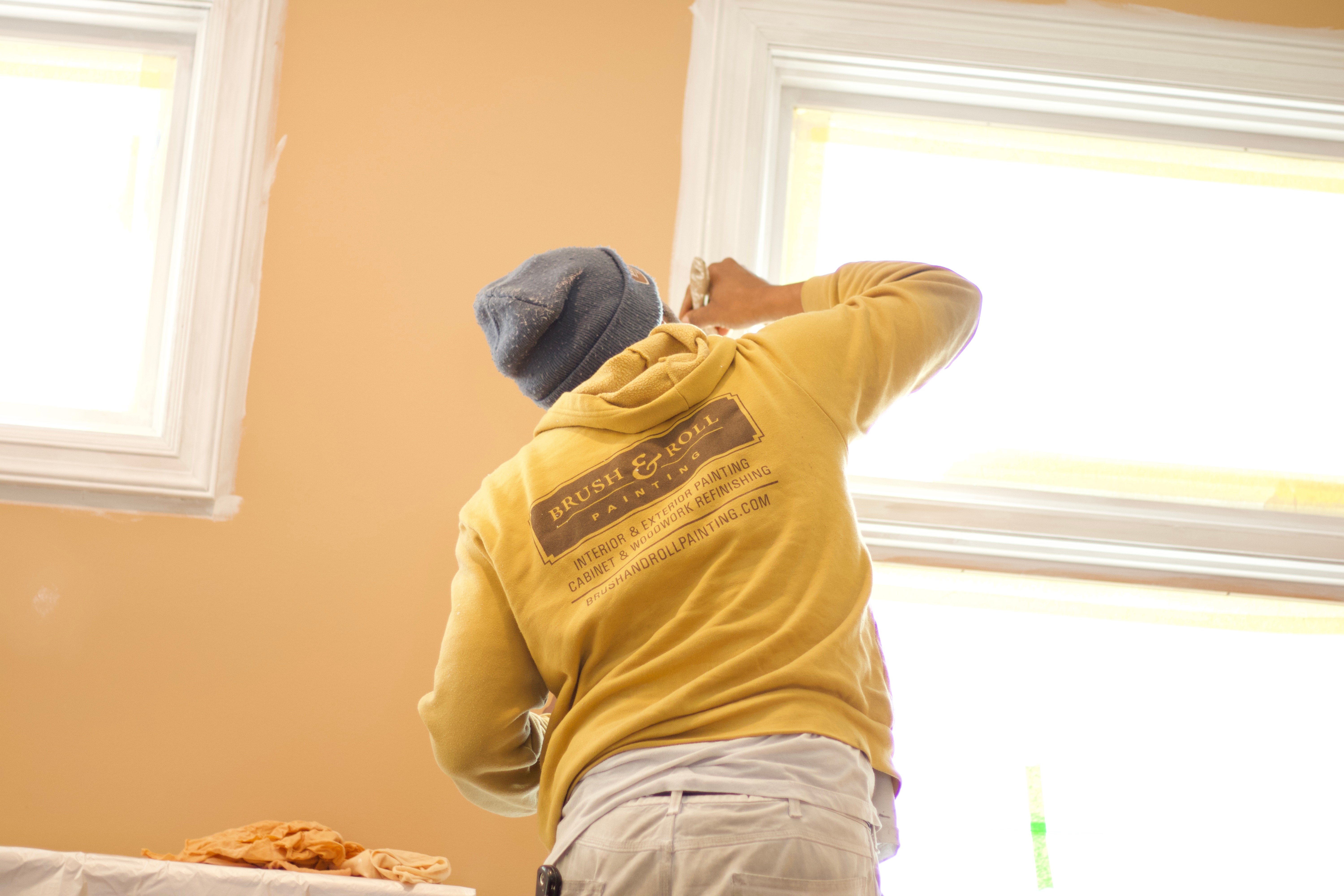
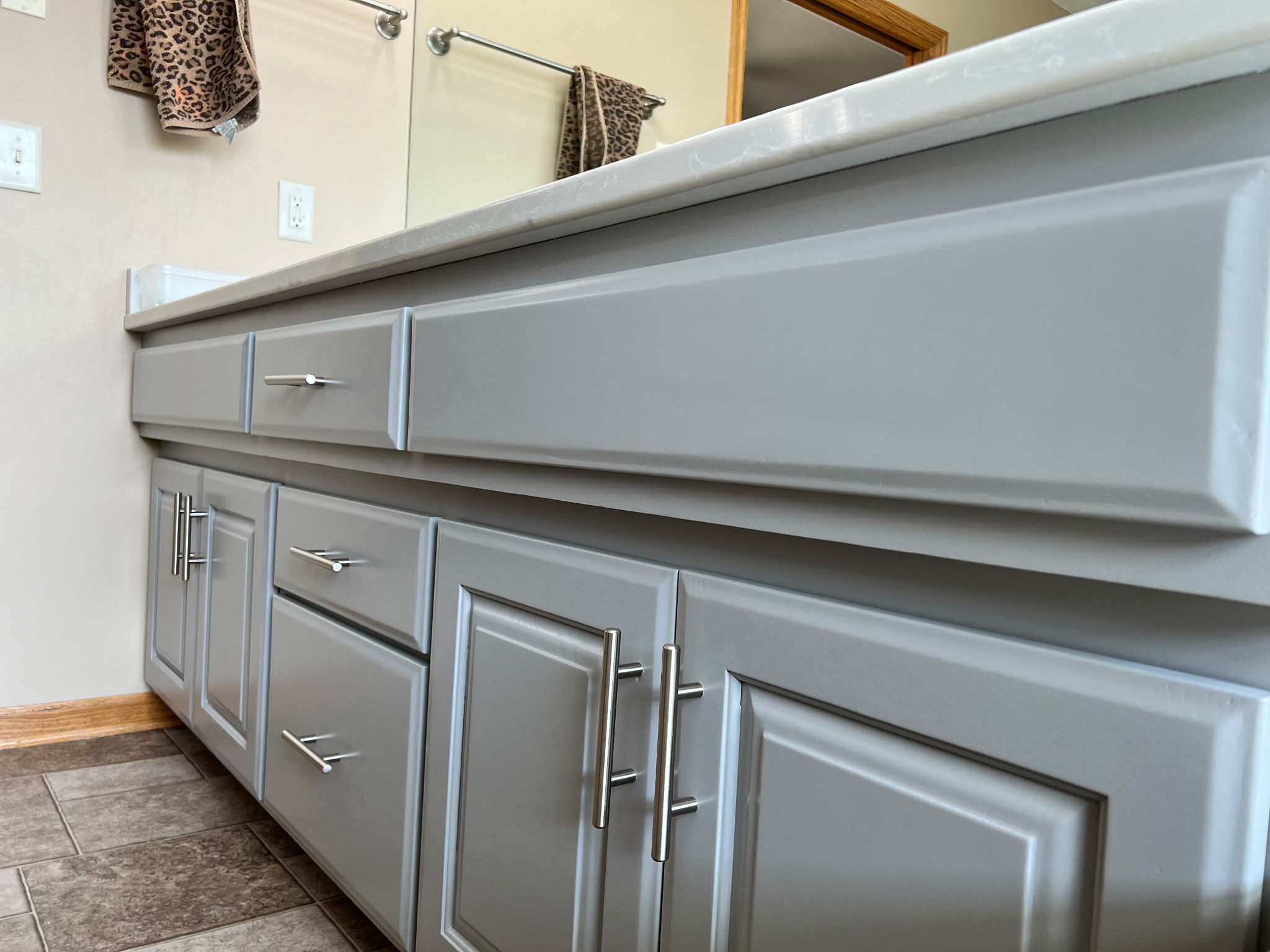
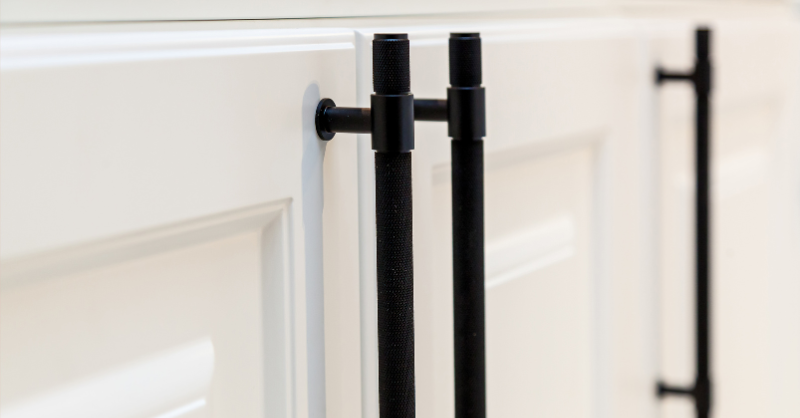
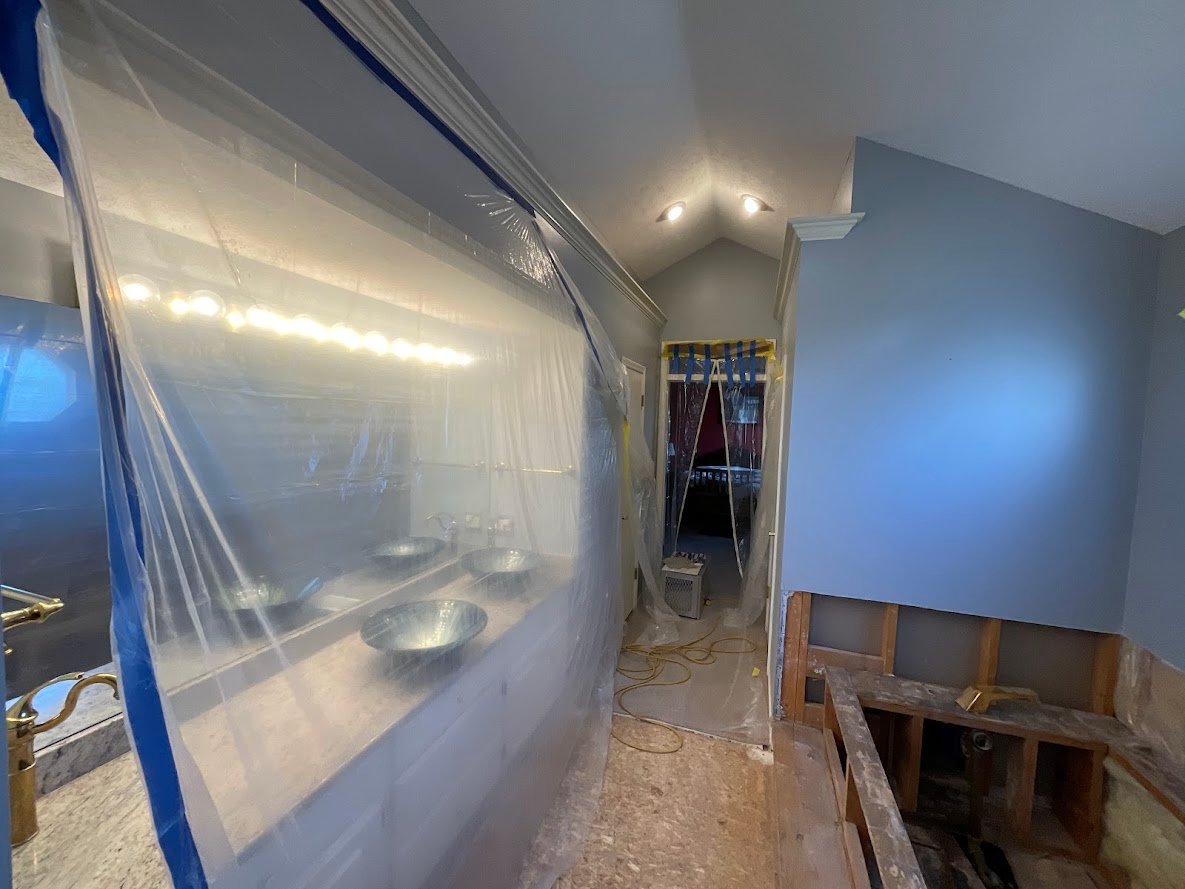
-Apr-28-2025-01-42-42-0336-PM.png?width=800&height=418&name=Blog%20Post%20Image%20Size%20(4)-Apr-28-2025-01-42-42-0336-PM.png)
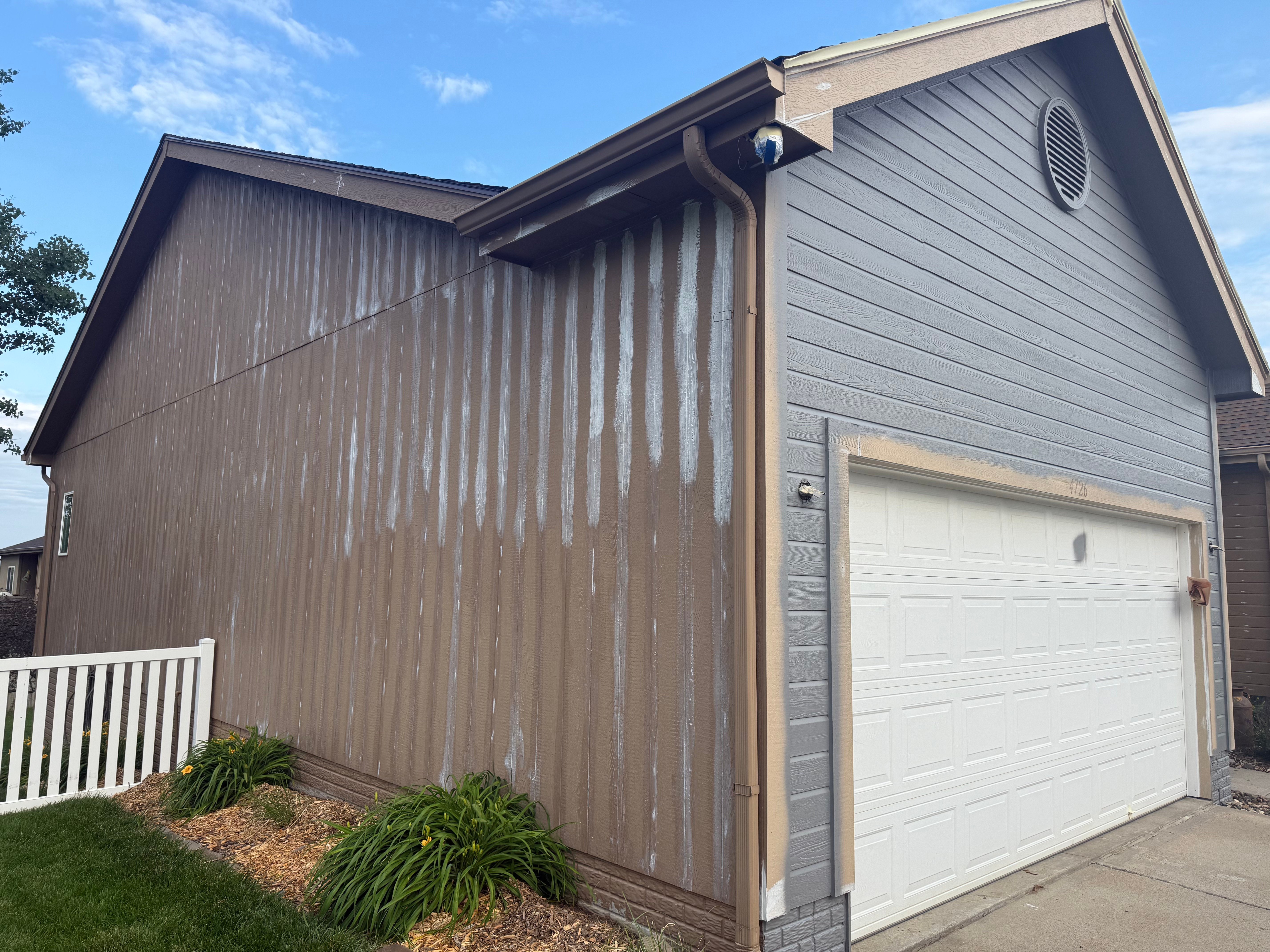
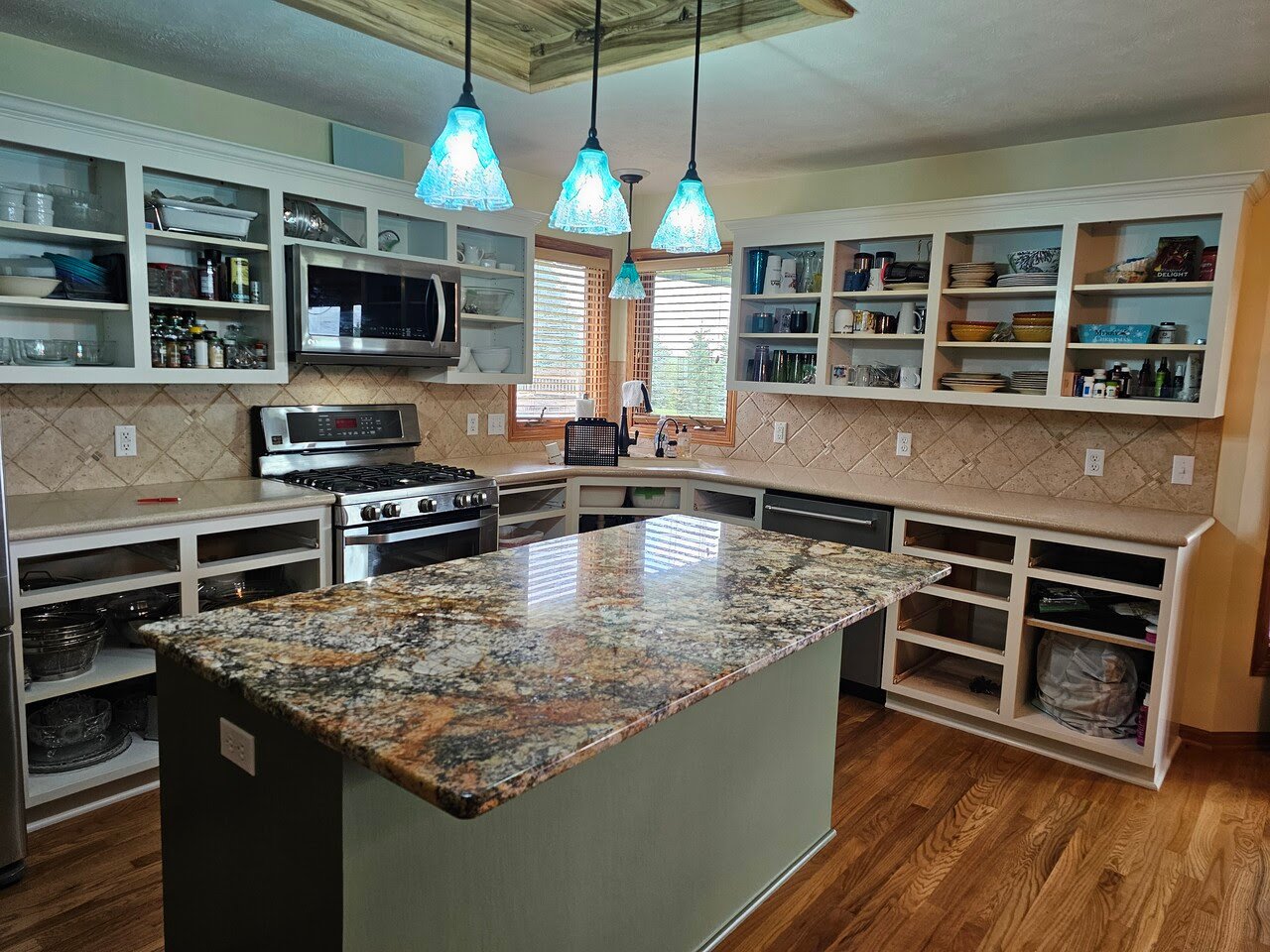
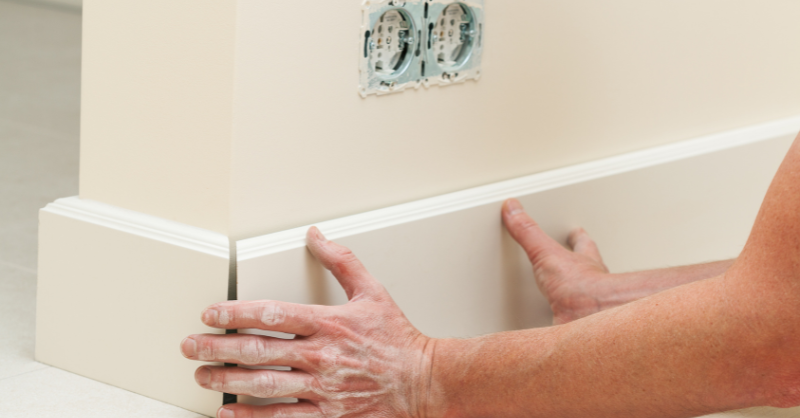
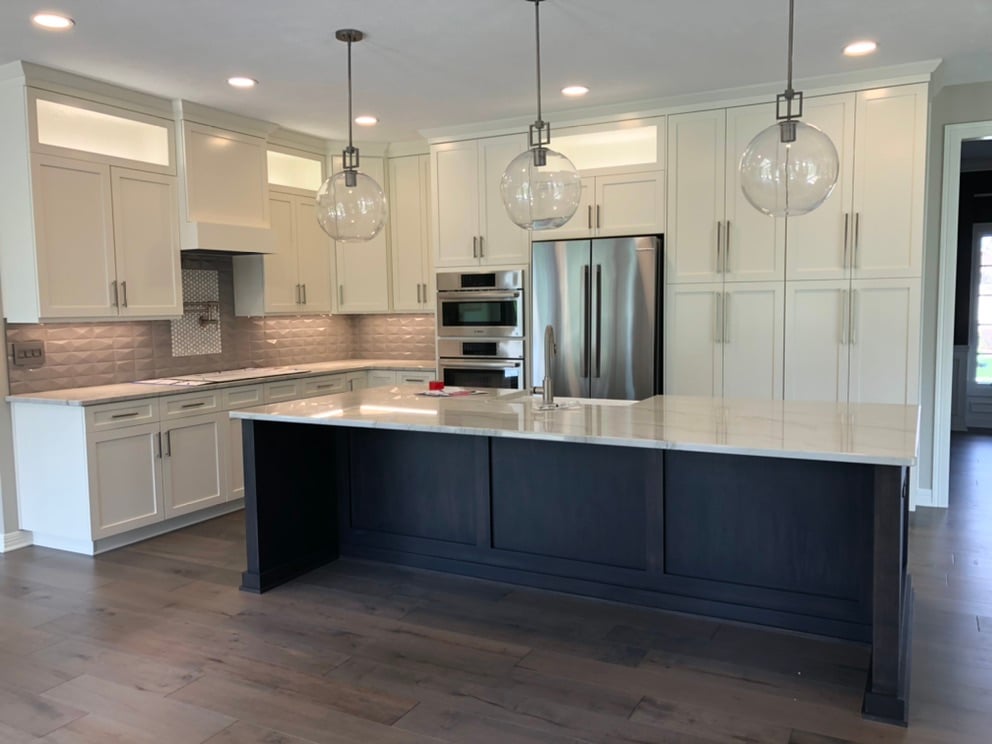
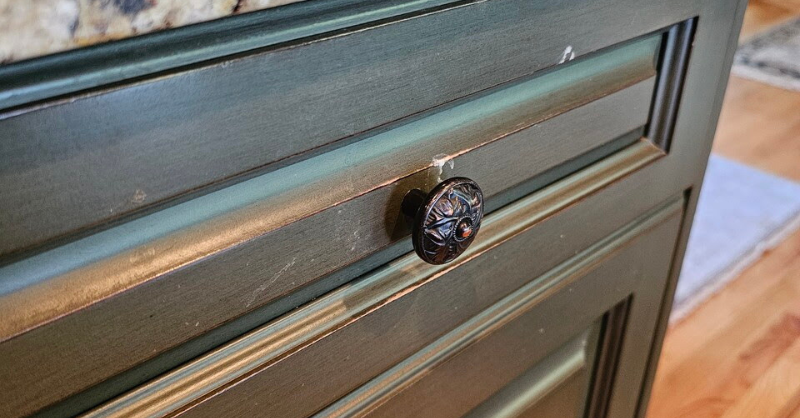
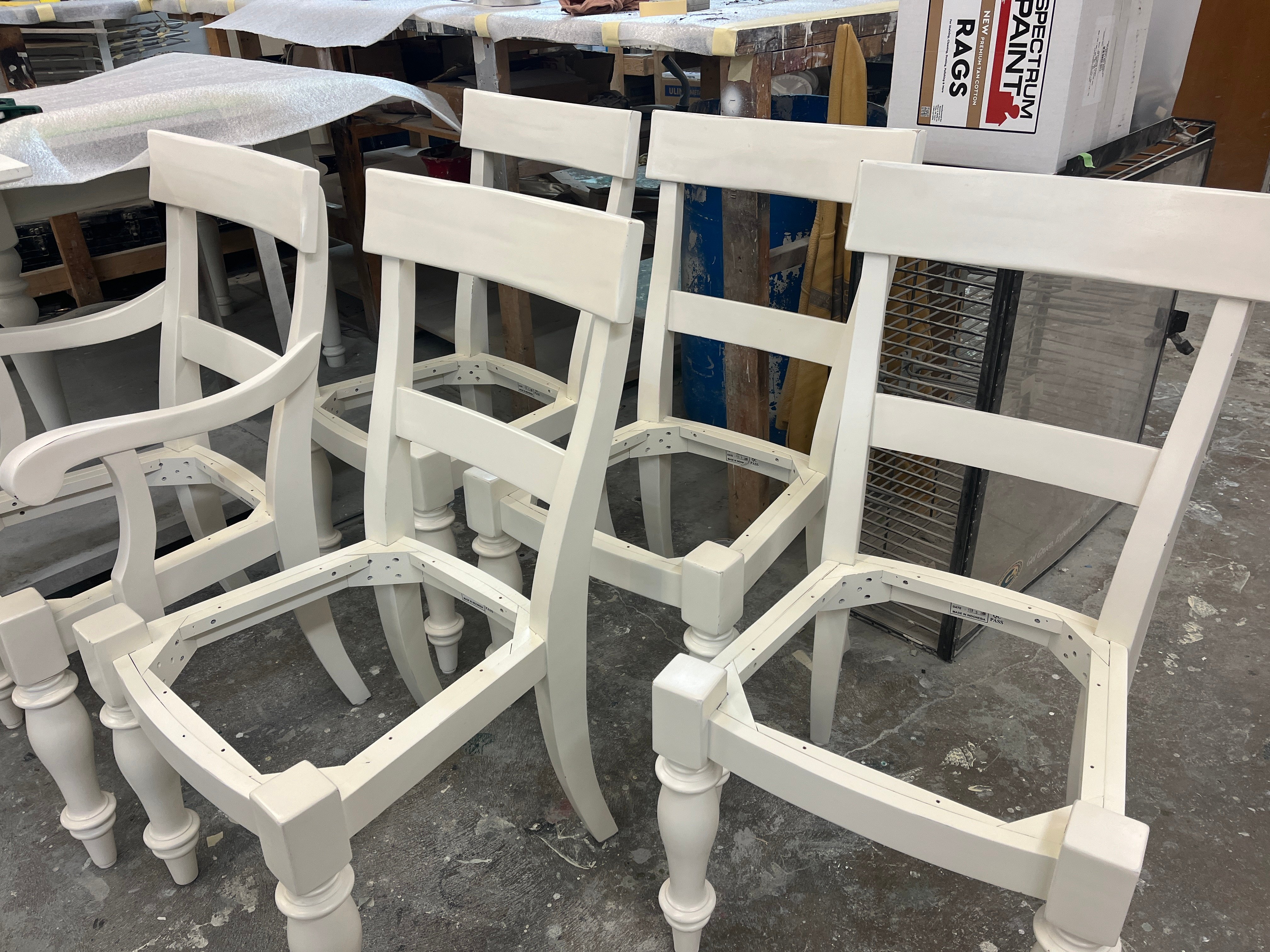
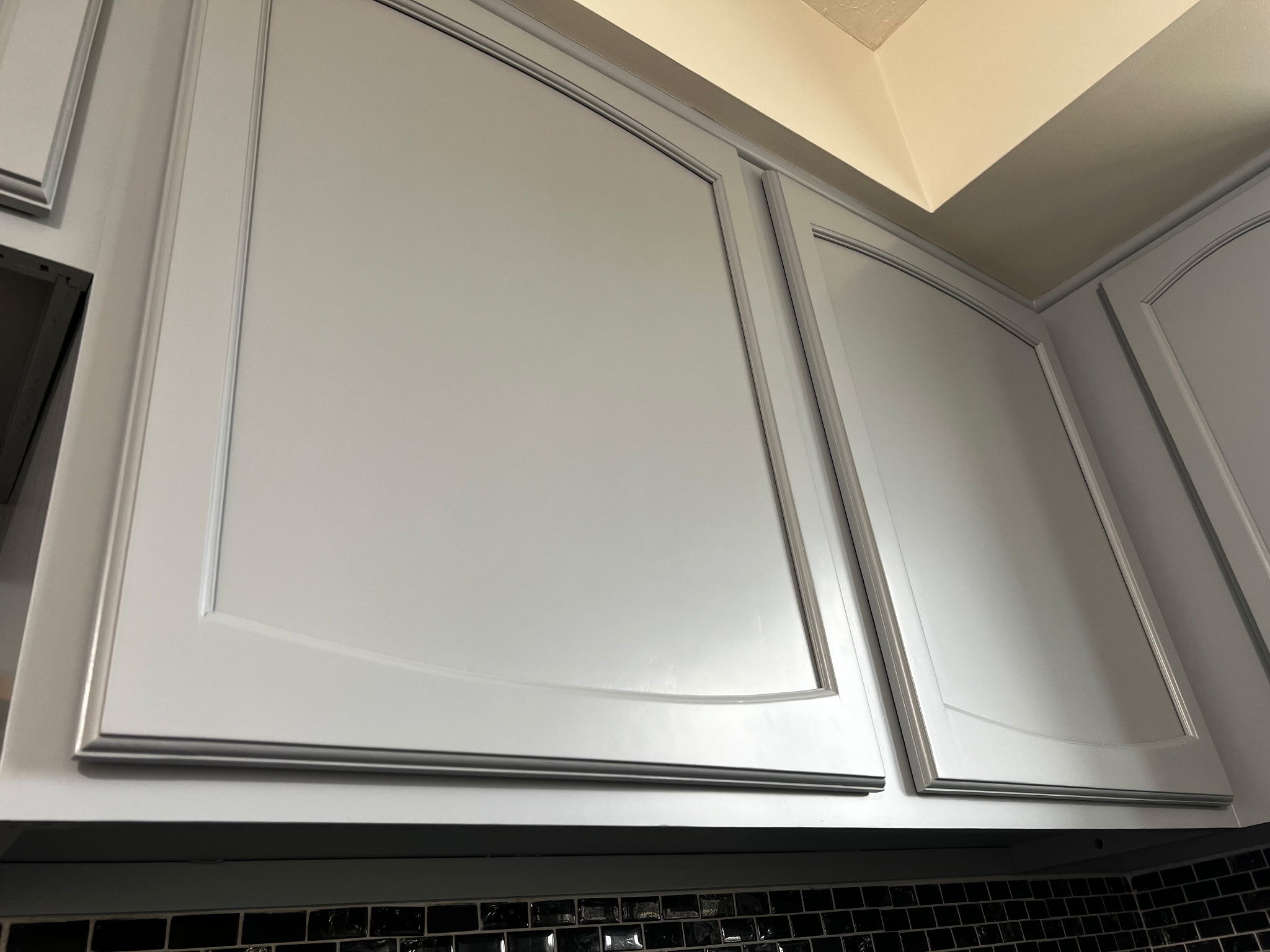
-Jul-03-2025-01-33-31-8507-PM.png?width=800&height=418&name=Blog%20Post%20Image%20Size%20(1)-Jul-03-2025-01-33-31-8507-PM.png)